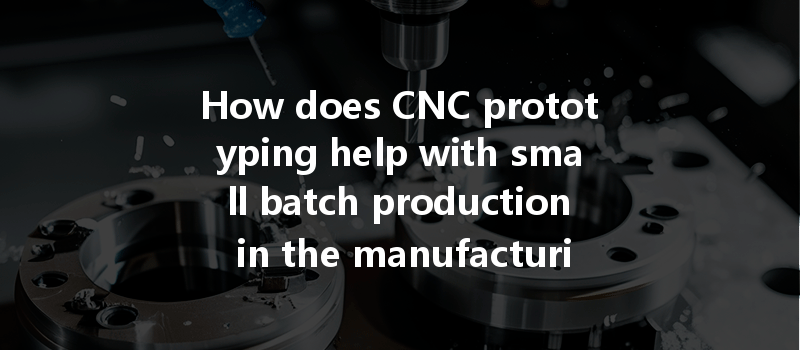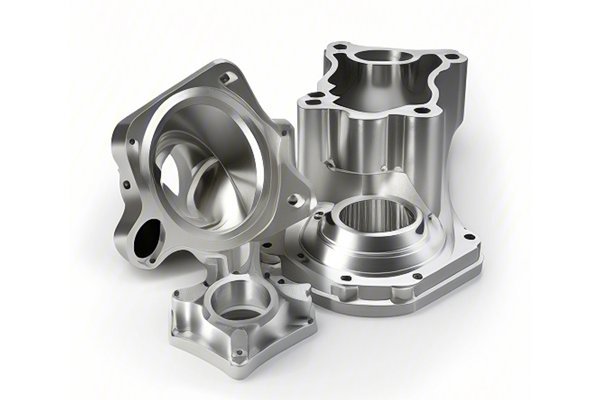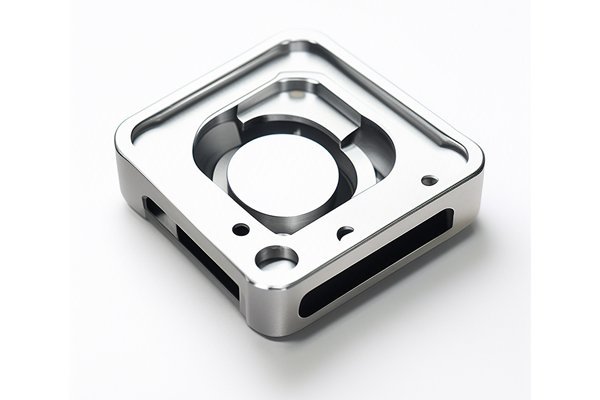In today’s fast-paced manufacturing landscape, the demand for efficiency and precision has never been higher. Did you know that 70% of manufacturers report that the ability to quickly prototype new products is crucial for competing in the market? Rapid prototyping and small batch production are becoming essential components in product development, and Computer Numerical Control (CNC) prototyping is at the forefront of this evolution. But how exactly does CNC prototyping facilitate small batch production? Let’s explore this integral aspect of manufacturing that merges technology with creativity and efficiency.
Understanding CNC Prototyping
CNC prototyping is the process of using computer-controlled machinery to manufacture parts. It allows for the rapid production of prototypes, which can be tested and refined before final production. Unlike traditional machining, which can be time-consuming and costly, CNC prototyping streamlines the manufacturing process, enabling companies to create parts with high precision while minimizing waste.
One of the major benefits of CNC prototyping is that it allows for the rapid iteration of design – manufacturers can quickly change designs based on testing outcomes without incurring excessive costs or downtime. This factor is especially important when producing small batches, where each iteration needs to be closely aligned with customer needs or market demands.
The Benefits of CNC Prototyping for Small Batch Production
Small batch production often suffers from higher per-unit costs due to setup and tooling expenses. CNC machines, however, reduce these costs significantly. By using advanced CAD/CAM (Computer-Aided Design/Computer-Aided Manufacturing) systems, manufacturers can program CNC machines to create parts directly from digital designs. This eliminates much of the manual intervention required in traditional methods, resulting in reduced labor costs and lower overall expenses.
One of the most remarkable features of CNC prototyping is its incredible precision. CNC machines can produce parts to exact specifications with tolerances as tight as ±0.001 inches. This high level of accuracy is vital during the prototyping stage, especially when considering that any errors can lead to significant setbacks if discovered during later production stages.
In today’s market, responsiveness is key. CNC prototyping allows for the quick manufacture of parts, enabling companies to respond to changing customer demands rapidly. Whether it’s a need for intricate designs or modifications based on test results, CNC machines can easily adapt to new requirements, making them an essential resource for businesses looking to stay competitive.
CNC prototyping supports a wide range of materials, which is crucial for manufacturers who wish to prototype various designs without needing to invest in multiple machines. From metals such as aluminum and stainless steel to plastics and even specialized materials, CNC machines can handle diverse prototyping needs effectively.
CNC machines are increasingly being integrated with advanced technologies, such as Artificial Intelligence (AI) and the Internet of Things (IoT). These technologies can enhance the capabilities of CNC machines, adding predictive maintenance features, monitoring performance in real-time, and making immediate adjustments based on production data. This level of integration allows manufacturers to enhance productivity further and make informed decisions throughout the prototyping process.
Streamlining the CNC Prototyping Process for Small Batches
To maximize the benefits of CNC prototyping for small batch production, manufacturers can consider implementing the following strategies:

Utilizing techniques such as 3D printing alongside CNC milling can significantly reduce costs and lead times. These techniques can be used in the design phase to create quick testable models before committing to CNC machining for the final product.
Engaging in a cyclical design process where prototypes are created, tested, and refined can lead to better-quality final products. Manufacturers can use CNC to create several iterations in a fraction of the time compared to traditional methods.
Using simulation software to anticipate potential design flaws can mitigate errors before production begins. This practice allows manufacturers to visualize the machining process digitally, ensuring all parts will be produced correctly.
Having skilled CNC operators is crucial. Their knowledge and expertise can help optimize machining strategies, improve production efficiency, and ensure that the final products meet all quality standards.
Automation in CNC prototyping not only speeds up the process but also reduces the risk of human error. Automated systems can perform repetitive tasks, allowing skilled operators to focus on more complex and intricate work.
CNC prototyping plays a pivotal role in the success of small batch production within the manufacturing industry. It empowers manufacturers to create high-quality products quickly and efficiently while maintaining flexibility to adapt to changing market demands.
By leveraging the precision and speed of CNC technologies, manufacturers can significantly enhance their prototyping processes, responding dynamically to customer needs and ensuring optimal production outcomes. As industries continue to evolve, embracing these innovations becomes paramount for any manufacturer looking to thrive.
In a world where market trends are constantly changing, understanding and utilizing CNC prototyping for small batch production is more than just an advantage – it’s a necessity. By focusing on methodologies that optimize this process, businesses can position themselves at the forefront of their industries, ensuring sustained growth and success.
As you reflect on the information shared here, consider how your organization can adopt CNC prototyping methodologies. Whether you’re an industry veteran or new to the realm of manufacturing, the insights provided reveal why this topic is crucial in the current landscape. Embrace this technology, and watch your production capabilities transform!
—






